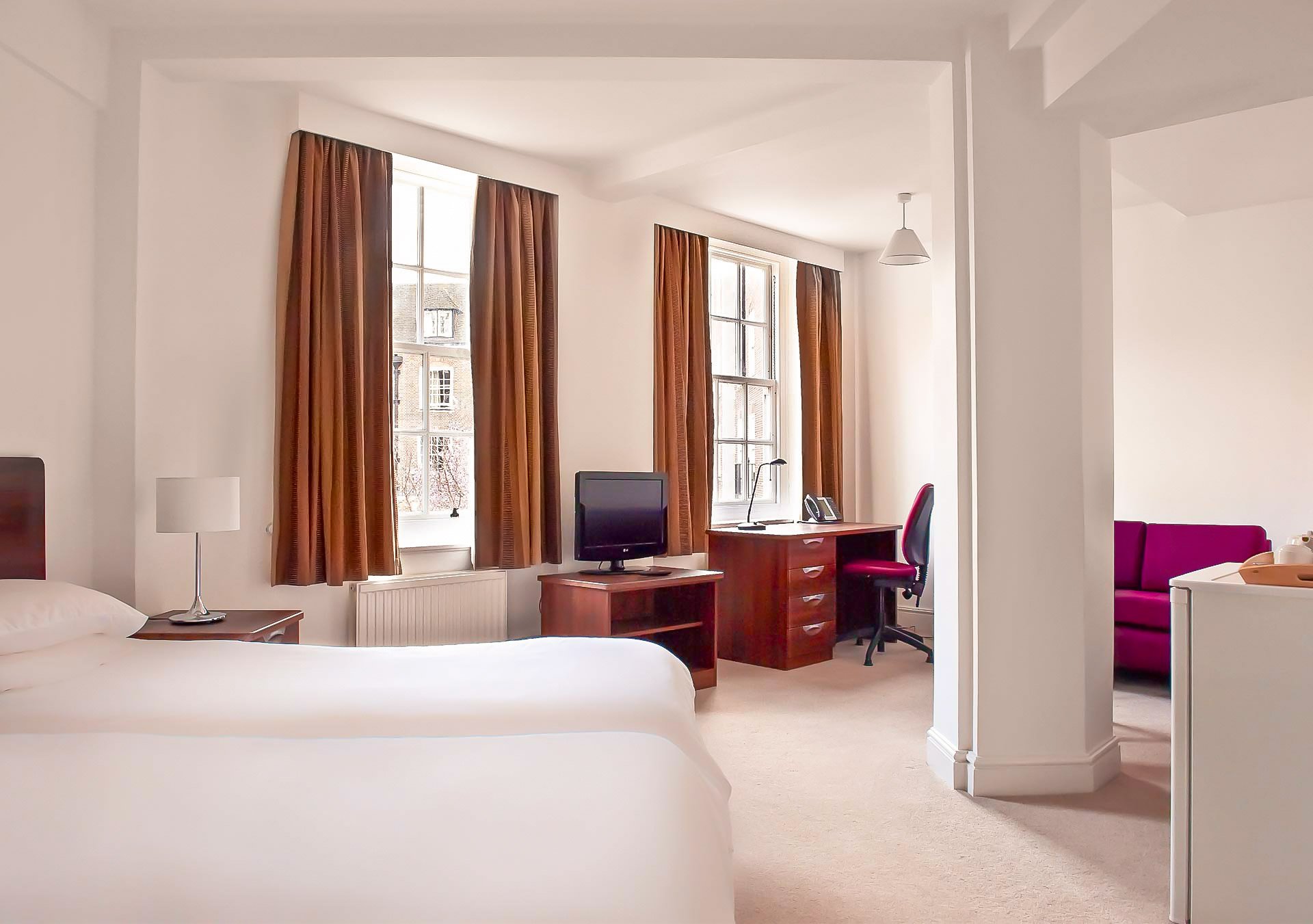Nanaimo is the second-largest city on Vancouver Island in British Columbia, after Victoria. It has been called the "Bathtub Racing Capital of the World" and "Harbour City". Nanaimo is also sometimes referred to as the "Hub City" because of its central location on Vancouver Island and due to the layout of the downtown streets. It is also fondly known as the "Hub, Tub, and Pub City".
Nanaimo is about 110 km northwest of Victoria, and 55 km west of Vancouver, separated by the Strait of Georgia, and linked to Vancouver via the Horseshoe Bay BC Ferries terminal in West Vancouver. As the site of the main ferry terminal, Nanaimo is the gateway to many other destinations both on the island — Tofino, Comox Valley, Parksville, Campbell River, Port Alberni, Rathtrevor Beach Provincial Park — and off its coast — Newcastle Island, Protection Island, Gabriola Island, Valdes Island, and many other of the Gulf Islands.
Accommodation at Nanaimo’s university residences
The main campus of Vancouver Island University is located in Nanaimo, which brings many international students to the city. In the summer it opens its residences to visitors and tourists. It should be understood that these residences are designed primarily for students and not children or adults expecting a high level of luxury. However, with this in mind, the halls do meet a level of comfort that we expect most visitors to be happy with, and we will welcome any feedback where this is not the case.
Getting to Nanaimo
Nanaimo is served by three airports, with the two biggest being Nanaimo Airport, with services to Vancouver, and Nanaimo Harbour Water Airport, with services to Vancouver harbour and Vancouver Airport. Nanaimo also has three BC Ferry terminals located at Departure Bay, Duke Point, and downtown. The downtown terminal services Gabriola Island while Departure Bay and Duke Point service Horseshoe Bay and Tsawwassen respectively. Highways 1, 19 and 19A traverse the city. Bus service in the city is provided by Nanaimo Regional Transit.
